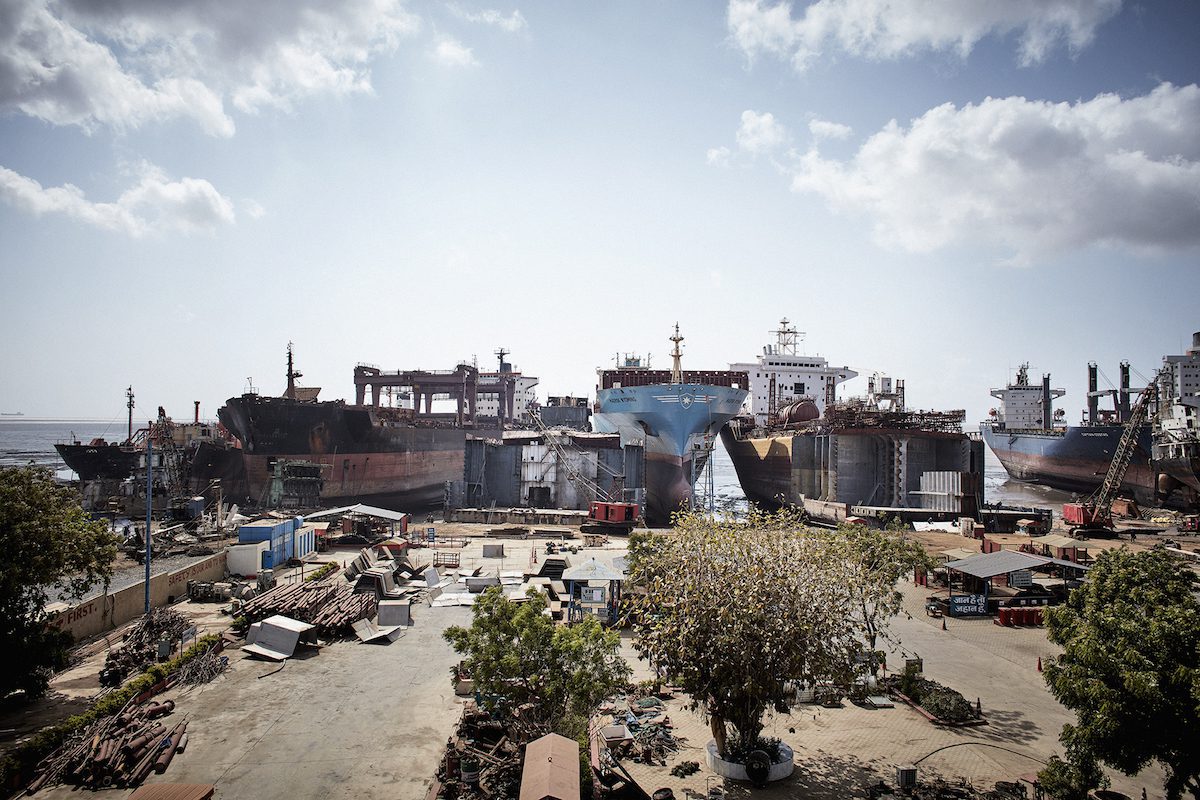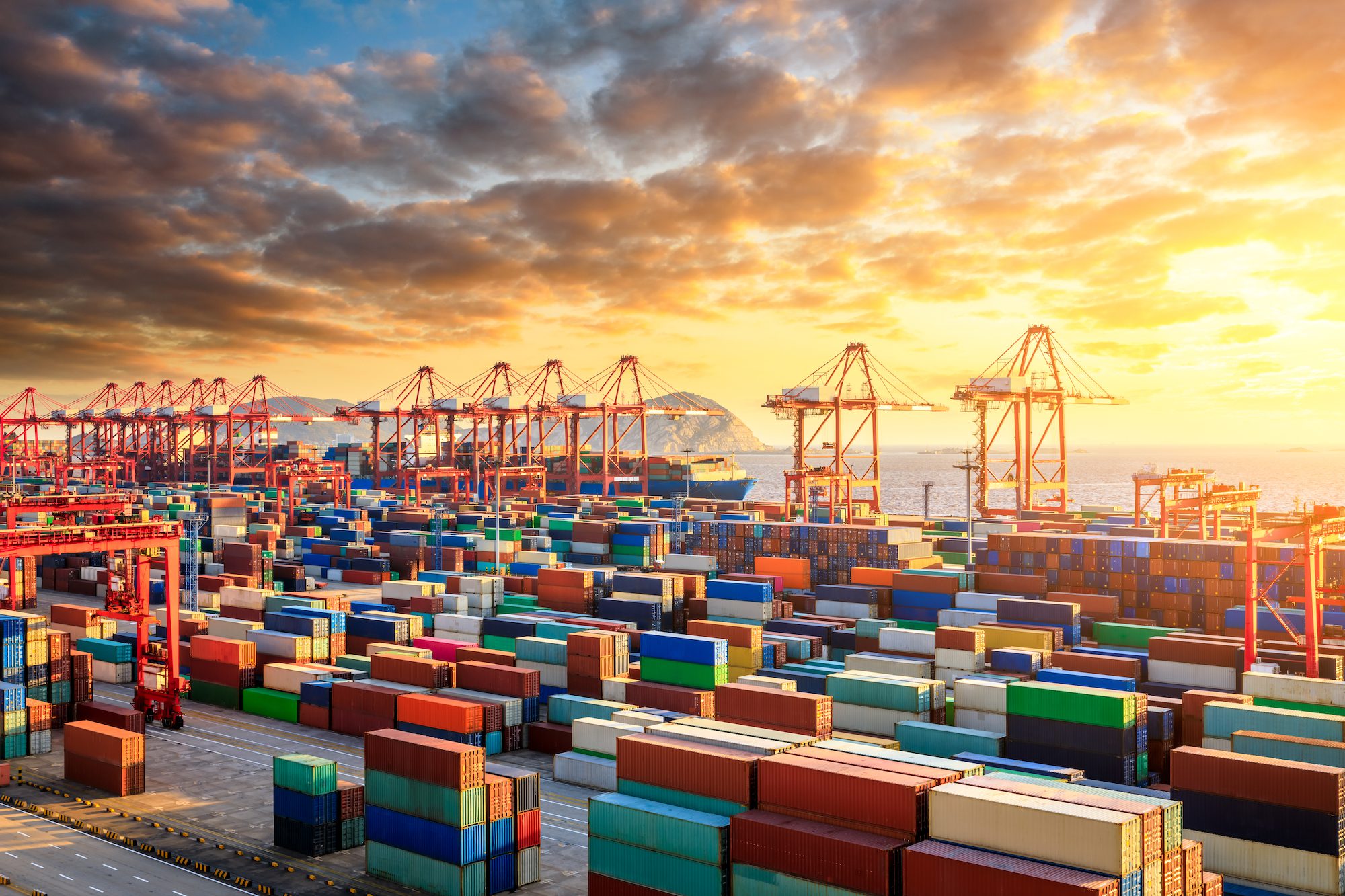End-of-life ships seen at a Hong Kong Convention-approved ship recycling facility in Alang, India. File photo credit: Maersk
By Mike Wackett
(The Loadstar) – A sharp increase in steel prices has prompted a new wave of vessel scrapping, bringing the supply-demand ratio in container shipping further into balance.
According to the latest report from London shipbroker Braemar ACM, containership scrapping this year has already reached 56, amounting to 185,500 teu. This compares with 16 ships (45,000 teu) in the same period of 2016.
Moreover, the delivery of newbuild tonnage has slowed considerably, with only 18 vessels, totalling 91,500 teu, having been delivered so far this year.
Over 2016, there were 189 demolitions (658,000 teu), according to Braemar – a new record for the container industry.
The latest driving force is twofold: plenty of surplus tonnage, particularly in a panamax sector the industry would do well be get rid of, and steel prices have firmed significantly since the low point of 2016.
By 6 February, the idle containership fleet had swelled to 342 ships (1.32m teu), according to Alphaliner data, with liner voyages blanked and ad-hoc demand disappearing during the Chinese new year holiday.
This included 47 classic panamax vessels seeking employment in a charter market where daily hire rates have collapsed to only $4,250-$5,000 – below operating cost.
Of these vessels, Alphaliner notes, 30 are currently hot or cold lay-up, mainly at anchorages in South-east Asia, and their owners may now opt to cash in on an increased demand for steel scrap.
Braemar reports that the demolition market “remains firm” and had heard of one panamax vessel being negotiated at “excess $330/LDT basis as is Singapore”.
Steel commodity prices fell to an all-time low of $90 per tonne in March last year, before bouncing back in June to around $300 per tonne and remaining at that level for the rest of 2016.
Analysts are forecasting that steel prices could rise above $400 per tonne this year, and even higher in 2018, as demand begins to exceed supply.
This is a direct consequence of the world’s leading steel producer, China, reducing its production by around 20% by 2020, due to a depression in its construction activity linked to the nation’s economic slowdown.
Against this backdrop, the World Steel Association has predicted that demand globally will increase by 0.4% this year, including 5.9% growth in the US, thus resetting the supply-demand balance and pushing prices up.
Indeed, the increased price of steel has already had an impact on the container manufacturing industry, with market-leading lessor Textainer reporting last week that a steel price hike of some 80% in the past year was supporting new dry container prices of “above $2,000”.
The surge in steel prices is likely to also put an end to cheap ships if, and when, any new orders are negotiated, but the more immediate relevance is that with the scrapping option becoming more attractive to owners, the chronic over-tonnage that has blighted the charter market in the past few years could be over rather sooner than anticipated.
The Loadstar is fast becoming known at the highest levels of logistics and supply chain management as one of the best sources of influential analysis and commentary.
Check them out at TheLoadstar.co.uk, or find them on Facebook and Twitter.

 Join The Club
Join The Club











